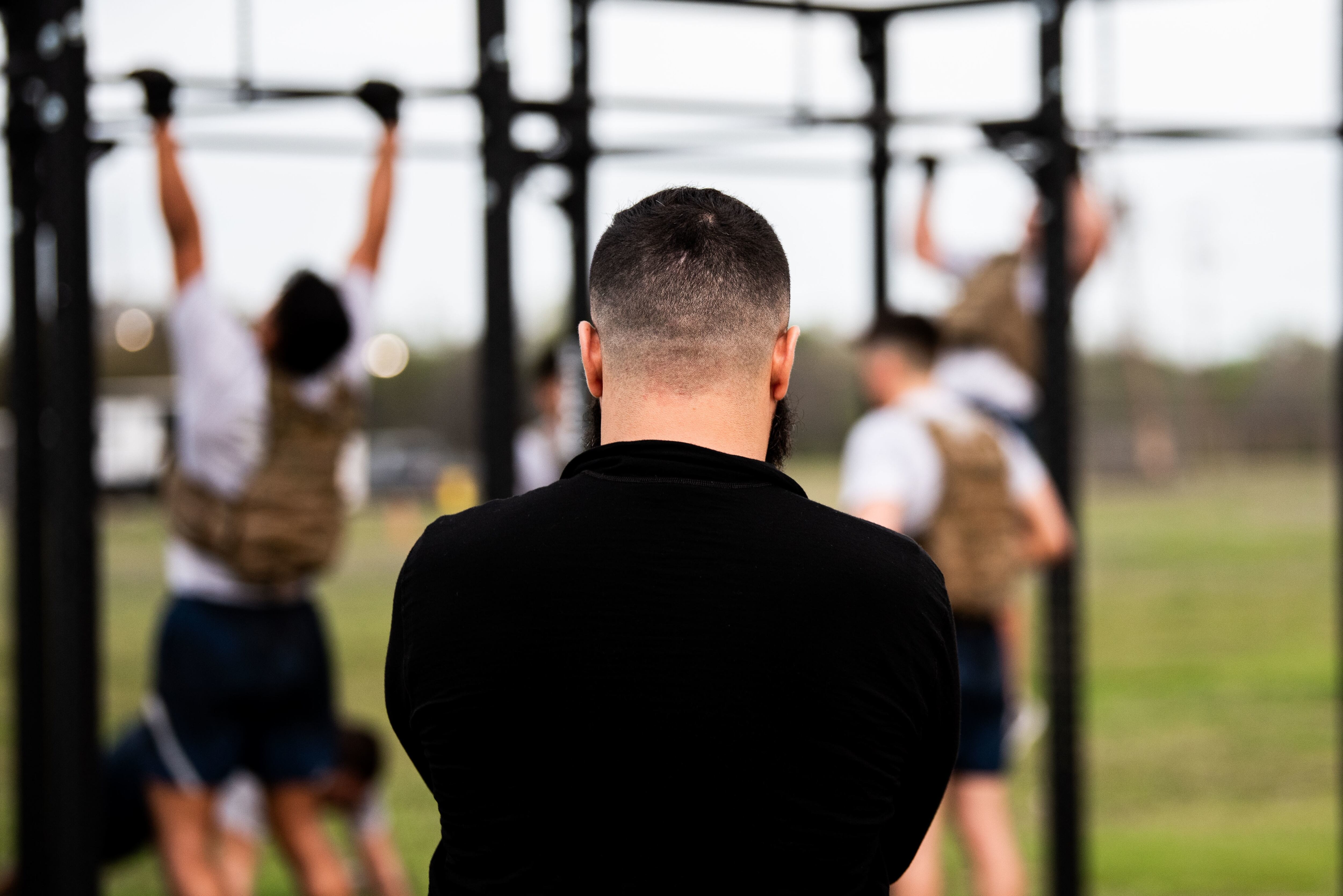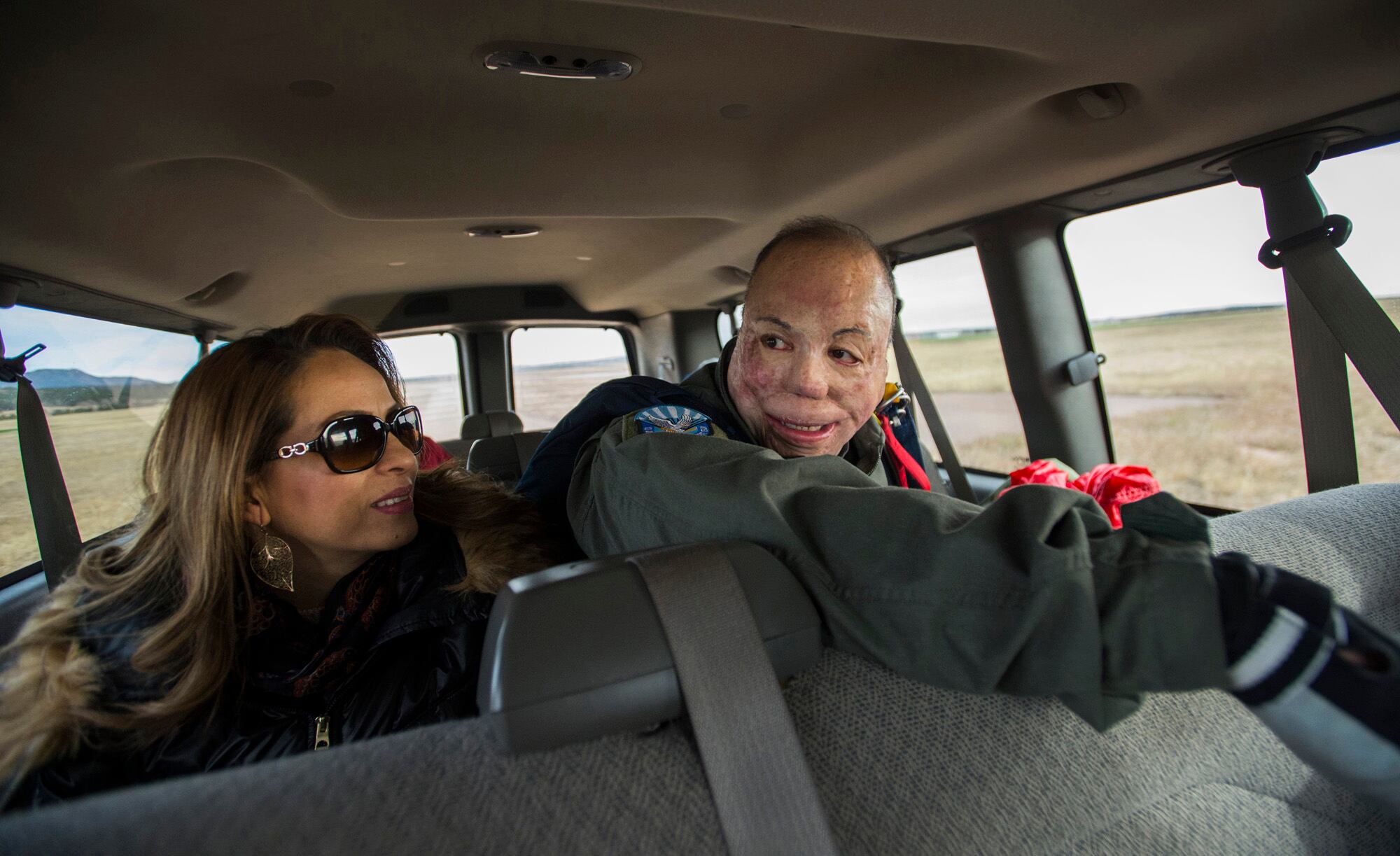The Air Force is set to shrink its elite corps of tactical air control party airmen by nearly half over the next three years, Air Force Times has learned.
Downsizing the cohort is among the Air Force’s latest steps to pivot toward the Indo-Pacific after 20 years of more traditional air-ground wars in the Middle East.
TACPs deploy with Army and special operations units and act as liaisons between forces on the ground and those overhead. Cutting those airmen would significantly limit the number of officers and enlisted airmen who are trained as battlefield scouts to plan attacks and call in airstrikes on the front lines.
RELATED

There are now around 3,700 slots for officers, enlisted airmen and civilians in the TACP workforce, Air Force spokesperson Maj. Patrick Gargan said Monday. If approved by Congress as part of the Pentagon’s annual budget requests, that would fall to around 2,130 positions by 2025 — a 44% cut.
“The Department of the Air Force continues to work hard to create a force of airmen and [Space Force] guardians with the right mix of skills to meet the mission requirements today and address future pacing challenges,” Gargan said. “We’ll continue to manage our personnel programs thoughtfully and deliberately, recognizing that people are our most valuable resource.”
Still, the service argues that the field command-and-control skills TACPs offer will “become even more imperative” in competition with other world powers like Russia and China.
Most active duty TACPs are part of air support operations squadrons that fall under the 93rd Air Ground Operations Wing at Moody Air Force Base, Georgia; and the 435th AGOW at Ramstein Air Base in Germany. The Air National Guard employs TACPs as well.
RELATED

The Air Force is considering whether to consolidate TACPs at two locations within Air Combat Command, which manages airmen in fields like fighter jet operations and intelligence collection everywhere except for the Indo-Pacific and Europe.
That would provide “a larger pool of combat capability in support of Joint Force requirements,” Gargan said.
TACPs who report to Pacific Air Forces and U.S. Air Forces in Europe would not be affected.
Around 80% of TACP jobs are filled at any given time, so the Air Force will try to eliminate the 20% of unfilled jobs first, Gargan said. Airmen whose jobs are no longer funded can stay in the position for up to two years as needs dictate.
“Currently, there are no plans to retrain TACPs to other career fields in light of the manning reduction, but the Air Force is opening opportunities for those that would prefer to pursue other careers,” Gargan said.
The Air Force is shrinking its workforce overall to repurpose funds for higher priorities as it gets rid of hundreds of outdated aircraft.
Among those airframes is the A-10C Thunderbolt II attack plane, or “Warthog,” with which TACPs work closely to protect soldiers and other ground troops in combat. The Air Force wants to dump all of those planes by 2029 and use F-35 Lightning II fighter jets for the close air support mission instead.
Troops in Contact, an advocacy group for the close air support community, opposes the Air Force’s plan to retire the Warthogs, arguing that the changes will “cost lives” and “risks losing battles.”
“Ground troops would be supported, if at all, by [close air support] amateurs in a small, expensive fleet of fragile aircraft that are far less effective,” the group said on its website.
Air Force Special Operations Command and Air Combat Command, which oversees TACPs, have started to rethink the role of their airmen in competition with world powers. Troops in Contact argues a robust group of TACPs would still be relevant in conflicts with Russia or China.
“Europe’s low weather and missile threats drive low-altitude standoff tactics that a team of well-trained TACPs and A-10s were built for,” the group said. “A 50% cut in TACPs will mean no support below the brigade level. Coordination with ground forces will be abysmal.”
In the Indo-Pacific, the group added, TACPs would be “invaluable” to soldiers and Marines as they secure island territory.
“A properly manned TACP force can provide critical [communication] nodes forward,” the group said. “This not only increases the survivability of … fighters and bombers, but it provides CAS expertise and island defense in a theater that will need it.”
Special operations leaders have said those airmen will likely play a larger role in so-called “non-kinetic” missions like cyber and psychological offensives as the nature of war evolves.
The special operations community is focusing more on how their airmen can shape conditions so that the U.S. has an easier time executing its missions, Col. Nathan Colunga, head of the Special Warfare Training Wing at Joint Base San Antonio, Texas, told Air Force Times in an exclusive interview earlier this year.
“Do I need folks kicking doors and calling in strikes over here? Not necessarily,” he said. “What we actually need is a bit more connection with our partners and allies, helping to enable them in the things that they need, and less of us doing — more of us helping, teaching and shaping.”
Rachel Cohen is the editor of Air Force Times. She joined the publication as its senior reporter in March 2021. Her work has appeared in the Washington Post, the Frederick News-Post (Md.), Air and Space Forces Magazine, Inside Defense, Inside Health Policy and elsewhere.




